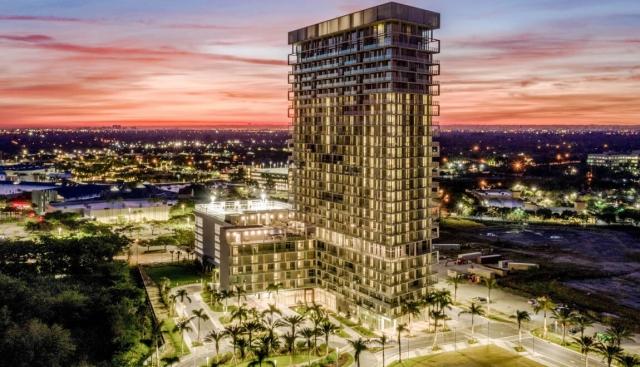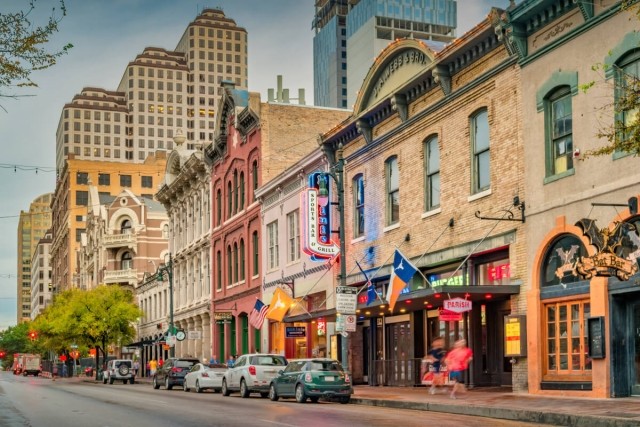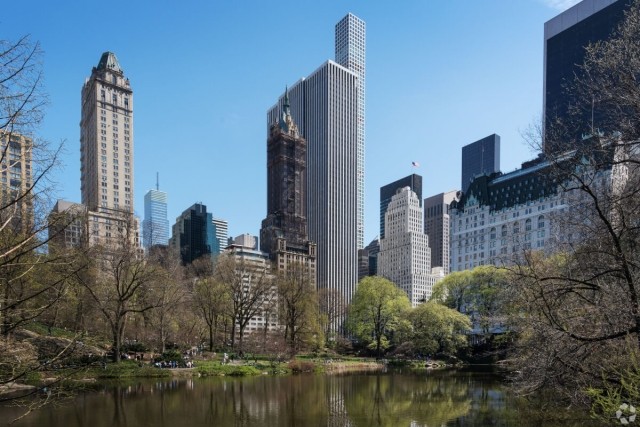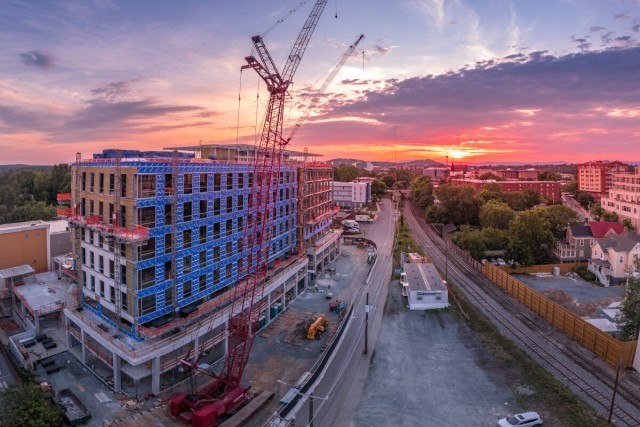Apartments.com just released its latest rent growth report, shedding light on the rental market’s performance in September 2023. The report confirms that rent prices have stabilized, staying on a steady course that began in the first few months of the year. Overall, rent in the US is slightly lower year over year, with a 1.7 percent drop nationally.
Less Demand for Luxury Apartments
The properties with the most significant rent increases were mid-priced apartment communities, which saw rents increase at a rate above the national average. High-end, luxury apartment communities saw the biggest rent drops, decreasing by 0.2 percent. Falling rent prices for luxury apartments are expected to continue into 2024, as developers are on track to build a record number of high-end apartment communities. Of the one million apartment communities currently under construction, 70 percent are in the higher-priced luxury category, an area that’s seen a significant drop in demand.
During 2020 and 2021, the demand for luxury apartments increased as renters spent more time in their apartments. However, that changed toward the end of 2022 and into 2023. Now, as demand for luxury apartments declines, mid-priced apartments are in high demand, driving up the rent prices for these apartments.
Midwest Rent Prices Rise While Sun Belt Prices Fall
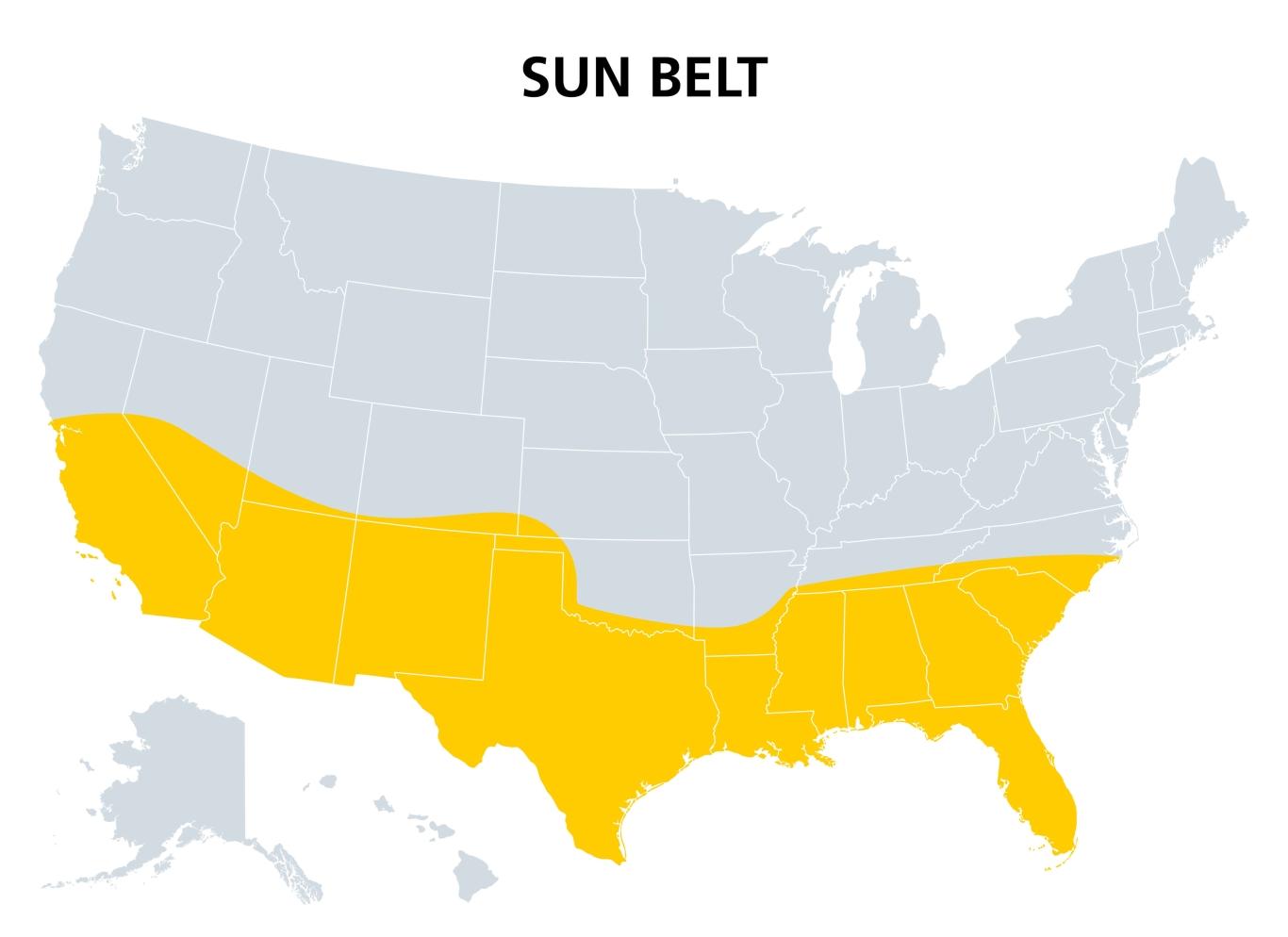
According to CoStar data, the Midwest is seeing higher rent prices, while the Sun Belt is seeing a decline. Rent prices in the Midwest are expected to continue their upward climb over the next two years. In Missouri, Kansas City and Saint Louis have seen rent increases above two percent, on par with the overall state average.
The Sun Belt, which saw significant rent growth during the pandemic, has seen rent prices cool slightly, with rents below where they were last year. Rent costs in Texas have been on a roller coaster in the past few years, topping out at just over 11 percent at the start of 2022. They’ve since plummeted to -0.3 percent. The average rent in Austin is currently nearly four percent below what it was this time last year. Dallas has seen a more modest decrease, down less than a percent year over year.
Rent Growth Begins to Flatten
The current changes in rent prices are far less dramatic than in recent years. This trend is expected to continue into 2024, with only slight changes to rental costs. However, much depends on where you live.
5 cities with the biggest rent increases:
- Hoboken, NJ (up 3.45%)
- Cincinnati, OH (up 2.66%)
- St. Louis, MO (up 2.65%)
- Chicago, IL (up 2.6%)
- Kansas City, MO (up 2.27%)
Renters in Hoboken are paying $122 more than last year. While much more modest, Cincinnati residents are also paying more, with rent up 2.66 percent. Renters in Cincinnati are paying an average of $1,012 per month, roughly $27 more than they paid last year. While rent in Saint Louis increased slightly less than in Cincinnati, the average rent is higher at $1,043 per month. Milwaukee saw a modest increase at 1.80 percent, with a current average rent of $1,062 per month.
5 cities with the biggest rent declines:
- Atlanta, GA (down 4.54%)
- Austin, TX (down 3.8%)
- Phoenix, AZ (down 2.47%)
- Orlando, FL (down 1.81%)
- Dallas, TX (down 0.32%)
Renters in Atlanta saw the largest rent decrease, with the average rent over 4.5 percent lower than last year. On average, renters are paying $71 less than last year. The average rent in Atlanta is $1,585, which is still higher than the national average of $1,372. Dallas saw the smallest drop in rent, only about $4 less than last year. At $1,386, the average rent in Dallas is slightly higher than the national average.
Changes in Rent Prices Year Over Year

In the past few years, renters have been on a bit of a wild ride in the housing market. At the end of 2021, rent prices overall increased by 11 percent. In the first few months of 2022, rent prices shot up by 10.68 percent. But things have started to calm down since then. Rent increases are now less than two percent, and those huge price jumps appear to be behind us.
Vacancy rates, which were also volatile during the pandemic, have also leveled off. In most places, renters no longer need to worry about apartments becoming available and then quickly vanishing as they did during 2021 and 2022. Throughout the first half of 2023, vacancy rates have remained steady at around six to seven percent, with only slight fluctuations.
Current Rent Prices Across the US
Want to see what rents are doing where you live? Here’s a look at current rent prices in cities across the country:
|
|---|
How Current Rent Trends Impact Renters
With rent finally stabilizing, now is a good time to start looking for an apartment, especially if you’ve been putting off a move for the past few years. While renters in the Midwest are paying more than they did last year, much of the rest of the country is seeing steady or declining rent prices. An abundance of newly built apartment buildings in the Sun Belt will lead to higher vacancy rates, especially in the luxury market, so the time might be right if you’ve been considering an apartment community in a Sun Belt state. There’s more competition in the Midwest, so we’ll have to watch how higher demand impacts apartment prices there. Mid-priced apartments are also worth watching since more renters are seeking apartments at this price point.


